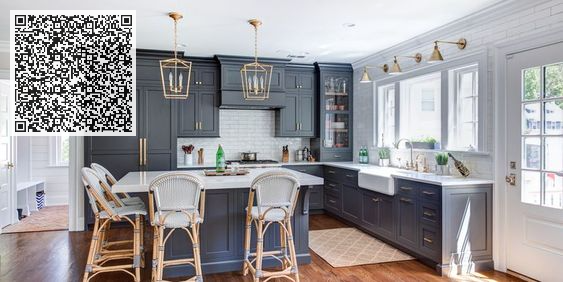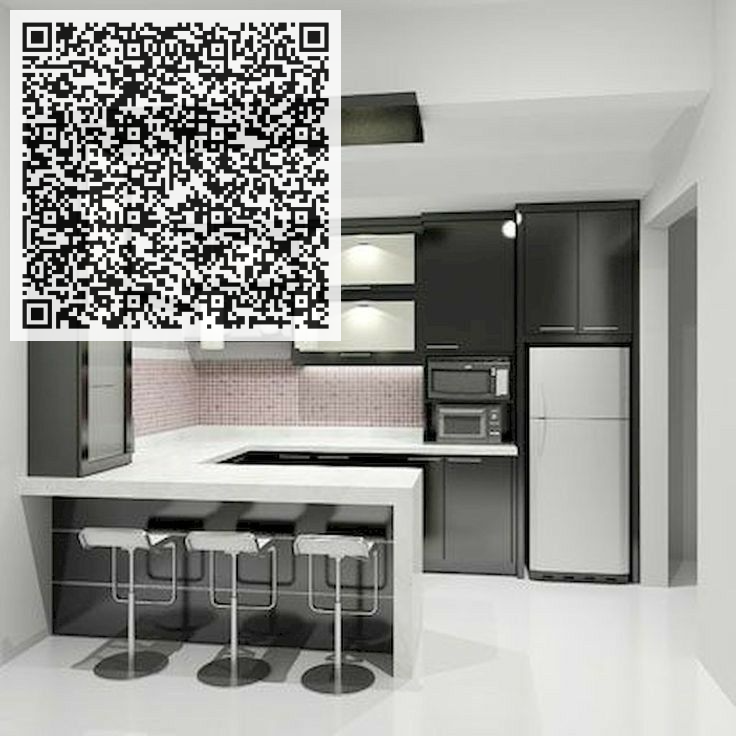Can I repurpose old materials in a kitchen renovation?
Can I repurpose old materials in a kitchen renovation?
Embarking on a kitchen renovation project is an exciting endeavor that allows you to revitalize one of the most important spaces in your home. However, in an era where sustainability is gaining increasing importance, it's crucial to consider eco-friendly options. Repurposing old materials in your kitchen renovation not only reduces waste but also adds a unique touch to your space. In this blog, we'll explore the benefits of repurposing, creative ways to incorporate old materials, and answer some frequently asked questions about sustainable kitchen renovations.
Benefits of Repurposing Old Materials:
Environmental Impact: Repurposing materials reduces the demand for new resources, minimizing the environmental impact associated with manufacturing and transportation.
Cost-Effective: Renovating a kitchen can be costly, but repurposing old materials can significantly cut down on expenses. Salvaged items or materials from demolition sites are often more budget-friendly than new ones.
Unique Aesthetic: Old materials often carry character and history, adding a distinctive and unique aesthetic to your kitchen that cannot be replicated with new, mass-produced items.
Creative Ways to Repurpose Old Materials in Your Kitchen:
Reclaimed Wood Countertops: Transform old wooden boards, barn wood, or salvaged lumber into stunning countertops that bring warmth and character to your kitchen.
Vintage Cabinet Doors: Give your kitchen cabinets a unique look by using vintage doors from salvage yards. You can repaint or refinish them to match your desired style.
Upcycled Lighting Fixtures: Convert old lanterns, wine barrels, or even industrial equipment into stylish and eco-friendly lighting fixtures for your kitchen.
Salvaged Hardware: Reuse handles, knobs, and other hardware from old cabinets or furniture to add a touch of nostalgia and reduce the need for new materials.
Old Windows as Backsplash: Install old windows as a creative and distinctive backsplash. This not only adds visual interest but also allows natural light to filter through.
Frequently Asked Questions (FAQs):
Q1: Is it challenging to find suitable old materials for a kitchen renovation?
A1: While it may take some effort, there are many resources such as salvage yards, architectural salvage stores, and online platforms where you can find a variety of old materials suitable for repurposing.
Q2: Can repurposed materials be as durable as new ones?
A2: Yes, many repurposed materials can be just as durable as new ones, especially if they are properly restored and maintained. In some cases, older materials may even surpass the quality of newer alternatives.
Q3: How can I ensure my repurposed kitchen is cohesive in design?
A3: Pay attention to color schemes, textures, and overall design aesthetics when selecting and incorporating repurposed materials. Consistency in these elements will help create a cohesive and visually appealing kitchen.
Conclusion:
A sustainable kitchen renovation not only benefits the environment but also adds character and charm to your home. By repurposing old materials, you contribute to a greener future while creating a unique and personalized space. From reclaimed wood countertops to vintage cabinet doors, the possibilities are endless when it comes to breathing new life into old materials. Consider the beauty of the past as you embark on your kitchen renovation journey, and enjoy the satisfaction of creating a space that is both eco-friendly and visually stunning.




Comments
Post a Comment